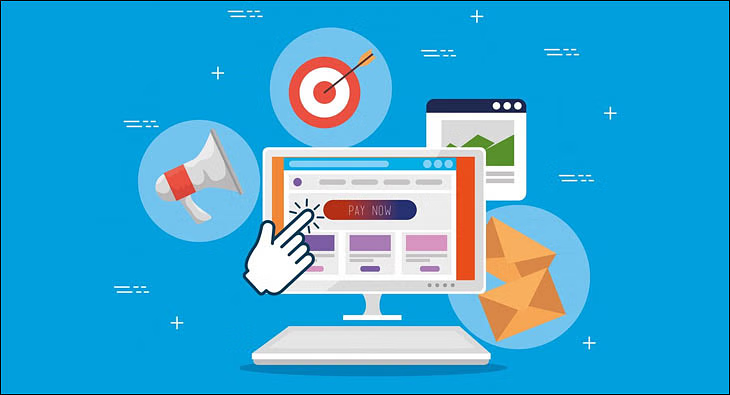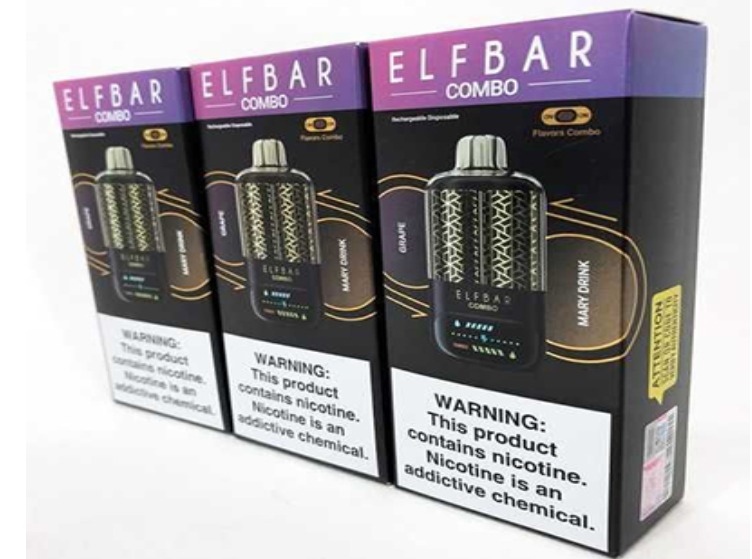Startups often face significant challenges when it comes to marketing, especially given the need to maximize returns on limited budgets. Leveraging Programmatic Ads can be a game-changing solution for these resource-constrained enterprises. Done correctly, programmatic advertising enables startups to reach the right audience, at the right time, without overspending. By automating the ad-buying process and utilizing data-driven insights, programmatic platforms make it possible to streamline campaigns and achieve meaningful results. However, success lies in adopting thoughtful and cost-efficient strategies tailored specifically to a startup’s goals.
What Are Programmatic Ads?
Before jumping into strategies, it’s essential to understand what programmatic advertising entails. Simply put, Programmatic Ads involve the automated buying and selling of digital advertising inventory using software, rather than traditional manual methods. These systems use algorithms and data insights to target specific audiences, ensuring that startup ad dollars go toward highly effective placements. Types of programmatic advertising include real-time bidding (RTB), which allows advertisers to bid on individual impressions, private marketplaces, and programmatic direct deals.
Because of the precision offered by programmatic technology, it’s ideally suited for startups that need a cost-conscious but highly effective way to build brand awareness, drive website traffic, or boost conversions.
Strategies for Maximizing ROI with Programmatic Ads
1. Start Small with Targeted Campaigns
One of the most effective programmatic ads strategies for startups is to begin with a modest budget focused on a well-defined audience. Narrow down your targeting based on demographics, interests, online behavior, geographical location, and even specific device usage. By narrowing your reach to high-intent users, you can avoid wasting resources on irrelevant impressions.
Additionally, consider running test campaigns to gauge what works best for your brand. The beauty of programmatic advertising lies in its adaptability—you can constantly optimize based on performance data without the heavy investment of traditional marketing techniques.
2. Leverage Real-Time Data and Analytics
Data is the backbone of every successful programmatic advertising campaign. Real-time analytics allows startups to monitor campaign performance, detect trends, and make quick adjustments. Metrics like click-through rates (CTR), conversion rates, and cost per thousand impressions (CPM) provide valuable insights into what strategies are driving results.
For startups, utilizing these insights to fine-tune campaigns ensures that every dollar goes toward driving the most value. For instance, if a particular creative isn’t resonating with users, you can quickly replace it without waiting for an entire campaign to end. This iterative approach helps save money while maintaining performance.
3. Invest in Native Advertising
Native advertising is a key subset of Programmatic Ads that blends seamlessly with content on host platforms, making it less intrusive for users. Startups can use programmatic technology to deliver native ads that align with their brand voice and resonate with their target audience.
Since native ads tend to have higher engagement rates compared to more traditional banner or display ads, this strategy can help startups get better returns on their advertising spend. Ensure that the content offers value to users, whether through educational insights, inspiring visuals, or authentic storytelling.
4. Use Geo-Targeting
If your startup operates locally or within a specific region, geo-targeting can be a particularly cost-efficient way to use Programmatic Ads. By focusing on consumers within a defined radius—such as those living in a city or surrounding neighborhoods—you can tailor ads to meet local needs and establish a presence in your community.
Geo-targeting can also work hand-in-hand with mobile advertising for businesses like cafes, salons, or fitness centers looking to attract nearby customers.
5. Test and Optimize Ad Creatives
High-quality ad creatives play a central role in determining the effectiveness of programmatic campaigns. Startups should experiment with different ad formats, messaging, and visual designs to determine what resonates most with the target audience. This could include static images, video ads, interactive banners, or carousel ads.
Programmatic platforms often provide A/B testing capabilities, which allow you to compare multiple versions of an ad in real time. Small changes, like tweaking the call-to-action (CTA) or adjusting the colors, can make a significant impact on campaign performance while staying within budget constraints.
6. Focus on Retargeting Campaigns
Startups benefit enormously from retargeting since it targets users who have already shown interest in their product or service. If someone visited your website, browsed certain product pages, or abandoned their shopping cart, Programmatic Ads can be used to target them with personalized messaging and offers.
Retargeting is cost-effective because it ensures your ad spend focuses on users who are much more likely to convert. You can also create tailored campaigns for different stages of the buyer’s journey, from awareness to consideration to final purchase.
7. Partner with a Trusted DSP
Demand-side platforms (DSPs) are at the core of programmatic advertising. For startups, choosing the right DSP partner can make or break their campaign success. Look for platforms that align with your team’s technical expertise, budget, and specific campaign goals.
A trusted DSP will often provide tools for managing frequency caps, audience segmentation, and in-depth reporting—all of which are critical for cost-efficient strategies. Many DSPs even cater to smaller advertisers with scalable pricing models and user-friendly dashboards, making them ideal for startups.
8. Monitor Ad Fraud
While Programmatic Ads offer numerous advantages, ad fraud remains a challenge in digital advertising. Startups should safeguard their budgets from invalid traffic, fake clicks, and other fraudulent activities. This can be achieved by working with reputable DSPs, using fraud detection tools, and setting strict campaign parameters.
By keeping a close watch on campaign data, you can mitigate risks associated with ad fraud and ensure your spending directly benefits your brand.
Why Programmatic Advertising Works for Startups
Programmatic advertising provides unparalleled efficiency and precision that’s perfect for a startup’s limited resources. Unlike traditional media buying, it allows startups to target niche audiences, run agile campaigns, and make data-driven decisions in real time. The ability to adjust campaigns swiftly means that every dollar is accounted for, with minimal waste.
For startups seeking sustainable growth, Programmatic Ads offer scalability—campaigns can grow alongside your business without the need for astronomical increases in spending. Furthermore, as digital platforms continue to evolve, programmatic technology opens doors for advanced targeting opportunities, innovation, and competitive marketing.
Final Thoughts
Investing in Programmatic Ads is a powerful way for startups to break through the noise in competitive markets while maintaining a cost-efficient approach. By focusing on targeted campaigns, leveraging data analytics, and prioritizing ROI-driven strategies, startups can successfully build brand presence and achieve significant growth. With thoughtful planning and consistent optimization, programmatic advertising can help startups gain the visibility they need to thrive in today’s digital-first world.




